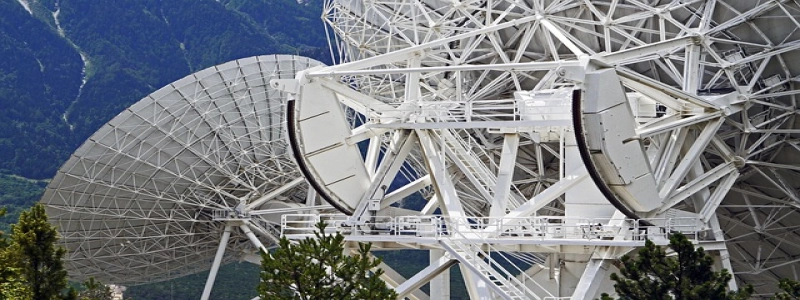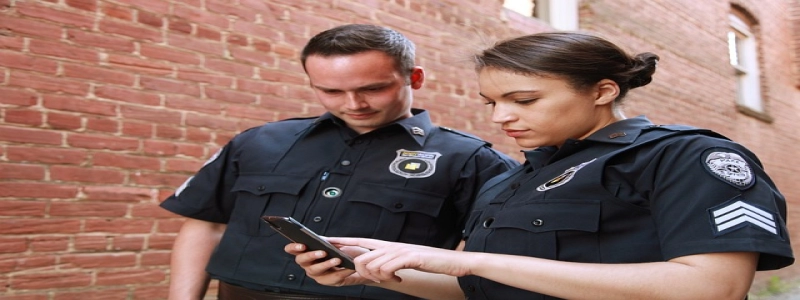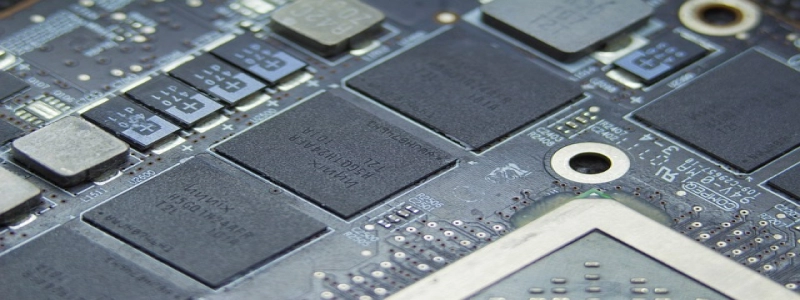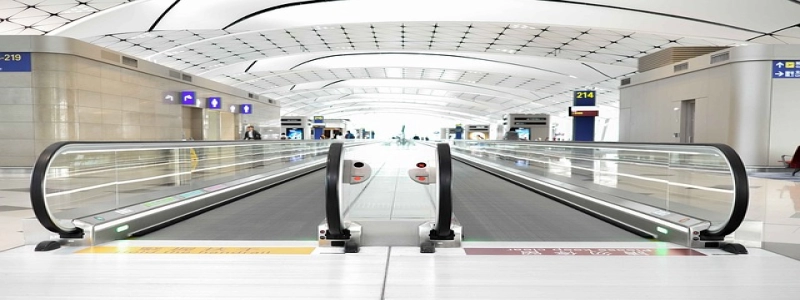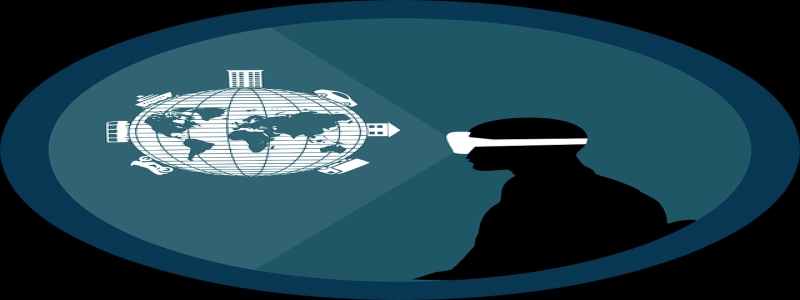Outdoor Rated Fiber Optic Cable
Introduction
I. Overview of Outdoor Rated Fiber Optic Cable
A. Definition
B. Benefits
II. Types of Outdoor Rated Fiber Optic Cable
A. Loose Tube Cable
B. Ribbon Cable
C. Breakout Cable
III. Features and Specifications
A. Weather Resistance
B. UV Resistance
C. Moisture Resistance
D. Temperature Range
E. Durability
IV. Applications
A. Telecommunications
B. CATV
C. Industrial
D. Security Systems
I. Overview of Outdoor Rated Fiber Optic Cable
Outdoor rated fiber optic cable is specially designed to be used in outdoor environments. It provides a reliable and secure means of transmitting data over long distances without loss or interference. This type of cable is built to withstand harsh weather conditions, extreme temperatures, and exposure to UV rays.
A. Definition
Outdoor rated fiber optic cable refers to a cable that has been constructed and tested for outdoor installation. It is often armored or ruggedized to protect the delicate fibers inside from external elements and physical damage.
B. Benefits
Outdoor rated fiber optic cable offers several advantages over traditional copper cables. It has superior bandwidth capabilities, allowing for faster and more efficient transmission of data. Fiber optic cables are also less susceptible to interference, making them ideal for use in areas with a high level of electromagnetic noise. Additionally, these cables are lightweight, immune to corrosion, and have a longer lifespan compared to copper cables.
II. Types of Outdoor Rated Fiber Optic Cable
There are various types of outdoor rated fiber optic cables available, each with its own unique design and usage.
A. Loose Tube Cable
Loose tube cables consist of several optical fibers bundled together inside a protective buffer tube. This design provides excellent protection against moisture, crushing, and impact. Loose tube cables are commonly used in applications that require high fiber counts and when the cable needs to be buried directly underground.
B. Ribbon Cable
Ribbon cables are composed of a group of fibers running parallel to each other and held together by a thin film. This design allows for a higher fiber density and easier splicing. Ribbon cables are often used for long-distance communication and in scenarios where tight space constraints exist.
C. Breakout Cable
Breakout cables, also known as distribution cables, consist of individual fibers surrounded by a protective jacket. These cables are flexible and easy to terminate, making them suitable for indoor and outdoor use. Breakout cables are commonly used in installations that require the connectivity of different devices at various points.
III. Features and Specifications
Outdoor rated fiber optic cable possesses several key features and specifications that make it suitable for outdoor use.
A. Weather Resistance
Outdoor rated cables are designed to withstand the harsh conditions of outdoor environments. They are resistant to environmental factors such as rain, snow, and ice, ensuring reliable performance even in inclement weather.
B. UV Resistance
Outdoor rated cables are treated with special materials to protect them from UV radiation. This prevents the degradation of the cable and maintains its performance over time.
C. Moisture Resistance
Outdoor rated fiber optic cable is designed with moisture-blocking materials to prevent water infiltration. This feature ensures that the cable remains functional even in humid or wet conditions.
D. Temperature Range
Outdoor rated cables have a wide temperature range, allowing them to endure extreme cold or hot temperatures. They are designed to function reliably in environments where the temperature varies significantly.
E. Durability
Outdoor rated fiber optic cables are built to withstand rugged conditions. They have high tensile strength and resistance to impact and crushing, ensuring that the cable remains intact even in challenging environmental situations.
IV. Applications
Outdoor rated fiber optic cable finds usage in various applications.
A. Telecommunications
Outdoor rated cable is extensively used in telecommunications infrastructure for long-distance transmission of data and voice signals. It is the backbone of telecommunications networks, connecting different locations and enabling the exchange of information.
B. CATV
Cable television (CATV) providers utilize outdoor rated fiber optic cable to deliver high-definition video, audio, and internet services to subscribers. This type of cable ensures a reliable and uninterrupted connection, even over long distances.
C. Industrial
Outdoor rated fiber optic cable is commonly used in industrial applications such as manufacturing plants, oil refineries, and power stations. It provides secure and fast communication between different machinery and control systems, improving efficiency and safety.
D. Security Systems
Outdoor rated fiber optic cable is used in security systems, including surveillance cameras and access control systems. It provides high-quality video transmission and reliable communication between different security devices, ensuring the safety and security of premises.
Conclusion
Outdoor rated fiber optic cable is an essential component of modern communication systems. Its ability to withstand outdoor environments, combined with its superior performance and reliability, make it the preferred choice for transmitting data over long distances. Whether in telecommunications, CATV, industrial settings, or security systems, outdoor rated fiber optic cable plays a vital role in ensuring seamless connectivity and efficient communication.

